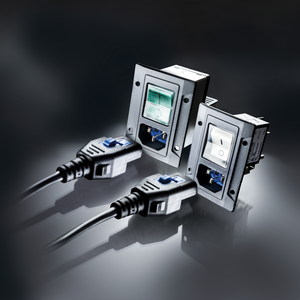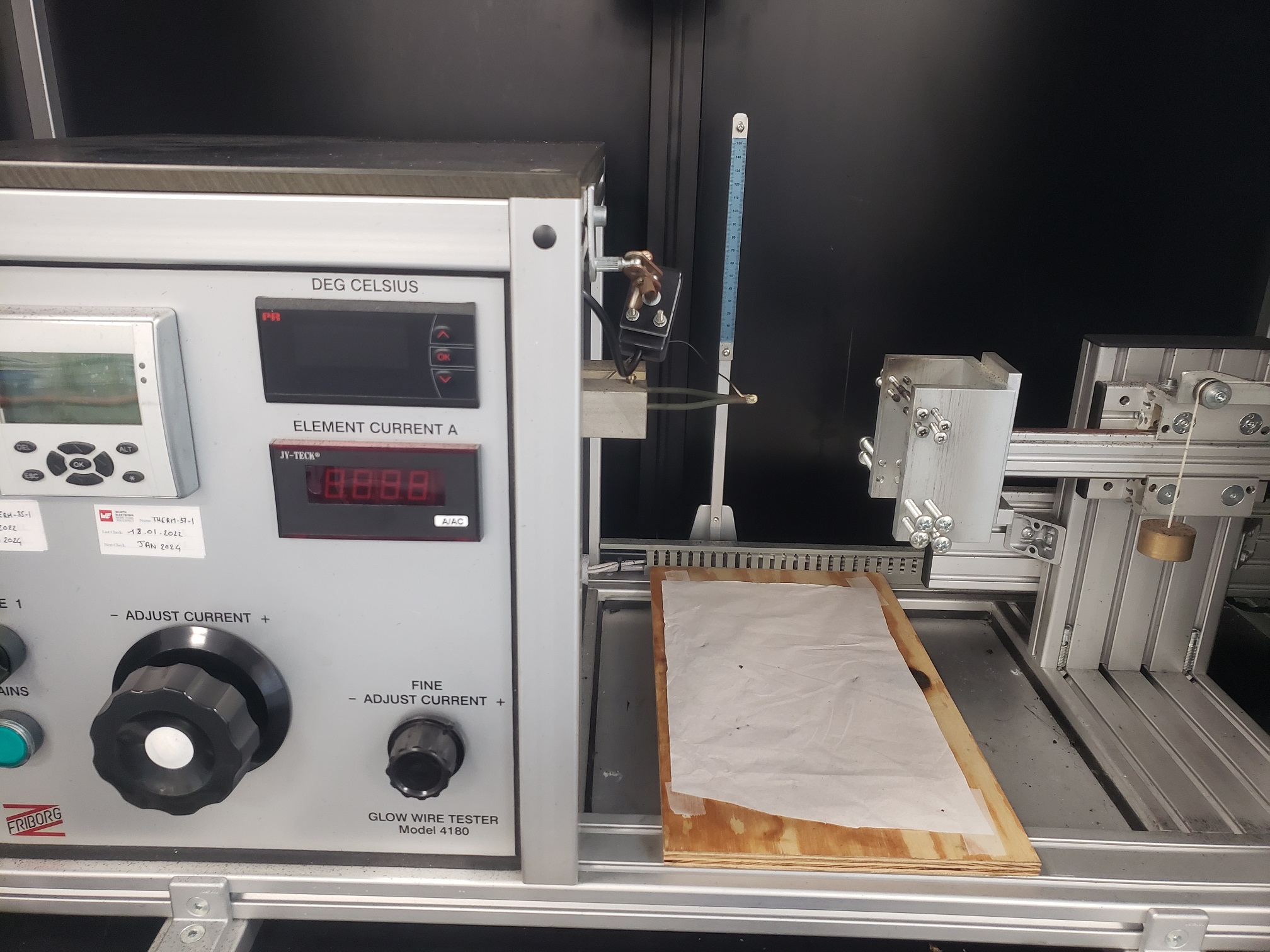_office_43660.jpg) Door: FHI, Federatie van Technologie Branches
Door: FHI, Federatie van Technologie Branches ASML, a Dutch tech company manufacturing machines for the production of integrated circuits (ICs), is making the switch to extreme ultraviolet lithography (EUV). At the MicroNano Conference Paul Janssen, Sr. Architect at ASML, will explain the development and performance of EUV pellicles.
By: Dimitri Reijerman
Machines for the production of IC’s will take the step from 193 nm light to a extreme ultra-violet (EUV) process with a wavelength of 13,5 nm. Janssen explains the process and the benefits of using pellicles: “In a lithography process, an image on a reticle (photomask) is projected onto a wafer. This process is repeated many times to build up the full IC device.”
He continues: “If the reticle is contaminated, the image on the wafer will be distorted, possibly leading to yield loss of the devices on every processed wafer. To protect the reticle from contamination a pellicle is used. This is a thin, transparent membrane that is put onto the reticle preventing particles from landing on the reticle surface during the production process.”
There are different requirements and challenges working at 13,5 nm processes, Janssen says: “One of the challenges when moving from 193nm to EUV is the impact of this specific wavelength on the scanner architecture. Since EUV light is absorbed by all materials – even normal air – the EUV system is under a vacuum and the optics are based on multilayer mirrors instead of normal lenses. The challenges for the EUV pellicle were to design and produce these large area, freestanding, ultra-thin (~50 nm) membranes which, during operation, have to endure mechanical movements, withstand the EUV scanner environment and increasing source power while remaining structural and chemical integrity on the nanometer scale.”
Micronano application
ASML’s EUV-technology can be used for micronano technology, like organ-on-a-chip devices. Janssen. “ASML scanners enable processing of continuously shrinking features and devices. The technology is currently applied in a large spectrum of applications ranging from state-of-the art CPUs, memory and MEMS.”
At the MicroNano Conference, Janssen will give more details about the benefits of using pellicles, Janssen explains: “The presentation will highlight the unique requirements and challenges for EUV pellicles. Moreover, we will present the working principle and performance of the current EUV pellicle solution as well as the development of future generation EUV pellicles. The lecture provides an opportunity for discussion on cross-disciplinary learnings on ultra-thin film technology.”
With this relatively new EUV-manufacturing machines arriving, ASML expects the first chips next year on the market: “We have shipped more than 30 EUV systems to chip makers worldwide, and we expect that the first chips that were made using those EUV systems will hit the market in 2019”, Janssen says.



